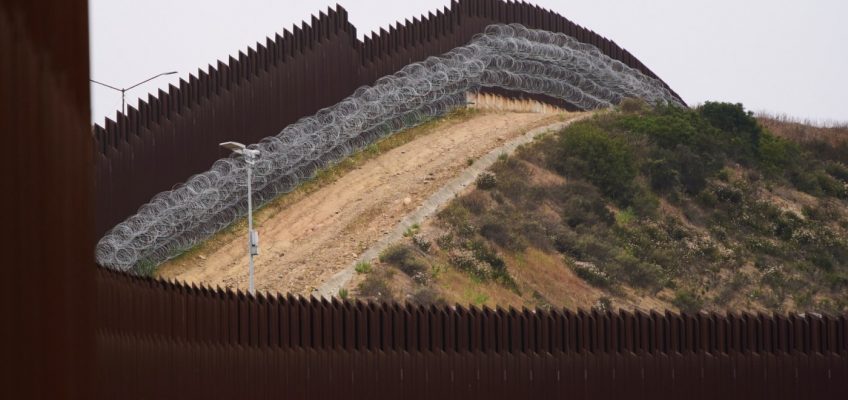By VESELIN TOSHKOV
SOFIA, Bulgaria (AP) — Tens of thousands joined the latest massive protests across Bulgaria on Wednesday, accusing the government of widespread corruption and underscoring political rifts just weeks before the country is to join European nations that use the euro as the official currency at the start of next year.
Related Articles
Former Bolivian President Arce arrested in corruption investigation a month after leaving office
IOC president Coventry sets early 2026 target for new Olympic policy on gender eligibility
Trump says U.S. has seized an oil tanker off the coast of Venezuela
Venezuela’s Machado absent from Nobel ceremony but her travel to Oslo draws mixed reactions at home
Study finds humans were making fire 400,000 years ago, far earlier than once thought
The demonstrations came after last week’s protests that were sparked by the government’s budget plans for higher taxes, increased social security contributions and spending increases. The government later withdrew the controversial 2026 budget plan.
The protesters’ demands have since expanded to include calls for the center-right government of Prime Minister Rosen Zhelyazkov to resign.
In the capital, Sofia, protesters gathered on a central square where the parliament, the government and the presidency buildings are located. Chanting “Resignation” and “Mafia,” they called on Zhelyazkov’s minority coalition Cabinet to step down.
Students from Sofia’s universities joined the protests, which organizers said outnumbered last week’s rallies that drew over 50,000 people. Media estimates based on drone visuals put the number of protesters at over 100,000.
At the core of the protesters’ frustrations is the role of Bulgarian politician and oligarch Delyan Peevski, who has been sanctioned by both the United States and Britain, and whose MRF New Beginning party backs the government. Peevski has been accused by opponents of helping shaping government policy in line with oligarchic interests.
No violence was reported and the protests ended peacefully.
Also on Wednesday, the opposition coalition We Continue the Change – Democratic Bulgaria called for a no-confidence vote in the government. The vote, the sixth such motion by the opposition, will take place on Thursday.
Bulgarian President Rumen Radev wrote on Facebook that Wednesday’s demonstrations were in effect a vote of “no confidence in the Cabinet.”
Radev, an opponent of the government who hails from the political left, urged the lawmakers to listen to the people and to “choose between the dignity of free voting and the shame of dependence” when they vote on Thursday.
Bulgaria is soon to become the 21st member of the eurozone, a euro currency union that is a key EU project aimed at deepening ties between member countries. The Balkan country of 6.4 million people is to make the switch from its national currency, the lev, to the euro on Jan. 1.




